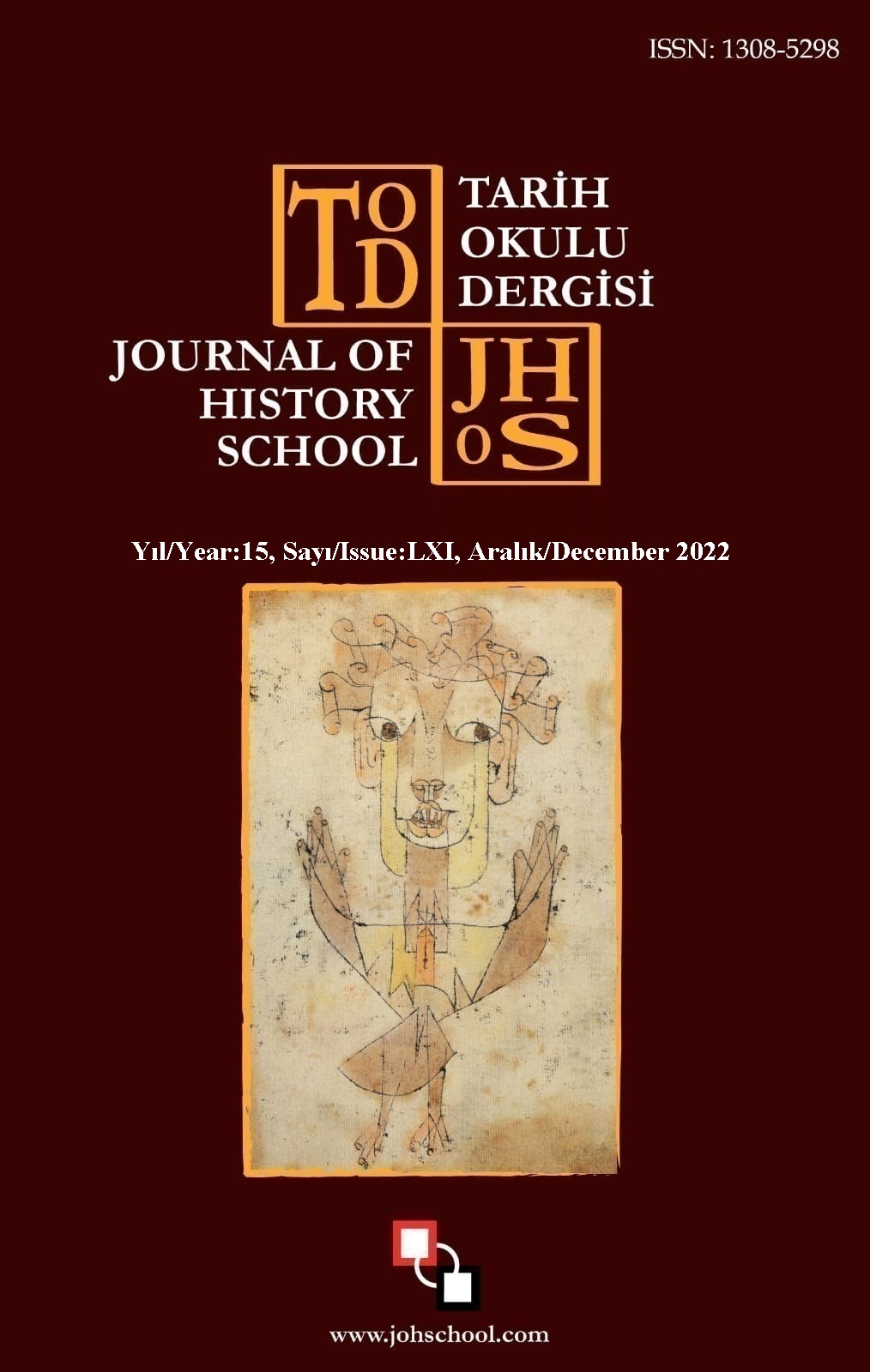CUMHURİYET’İN İLK YILLARINDA BİR MİLLİLEŞTİRME ÖRNEĞİ: MERSİN LİMAN İŞLERİ İNHİSARI TÜRK ANONİM ŞİRKETİ
Author :
Abstract
1872 yılında Mersin Limanı dört adet iskeleye sahipti. 1886’da Adana-Tarsus-Mersin demiryolunun tamamlanması ile Mersin’deki limanın ticaret hacmi de arttı. Doğu Akdeniz’in önemli liman kentlerinden biri olan Mersin’de 19.yüzyılda Fransa, İngiltere, İspanya, Rusya, İtalya, Avusturya-Macaristan, Amerika ile on üç ülkeye ait konsolos ve konsolos vekillikleri bulunmaktaydı. 19. ve 20.yüzyılda da İngiltere, Fransa, Rusya, Yunanistan, Avusturya, İspanya ve Osmanlı bandıralı gemilerin ticari amaçlı Mersin Limanı’na geliş ve gidişleri söz konusuydu. Osmanlı döneminde sanayileşmiş Avrupalı ülkelerle imzalanan ticaret anlaşmalarının da etkisiyle, devletin aleyhine liman ve ticaret hacmi artmıştır. İkinci Meşrutiyet sonrası kurulan İttihat ve Terakki Partisi, uygulamaya çalıştığı milli iktisat politikası ile bu durumu tersine çevirmeye çalışmıştır. Cumhuriyet Türkiyesi’nde de belirtilen ekonomi politikası belirleyici olmuş ve limanların işletilmesiyle ilgili millileştirme siyaseti izlenmiştir. Bu bağlamda Türkiye 1 Temmuz 1926’dan itibaren Türk denizciliği ve deniz ticareti için kabotaj hakkını kullanmaya başlamıştır. Ülke gelirlerinin önemli bir kısmını oluşturan limanlar dahilindeki ticari faaliyetlerinden maksimum yararlanabilmek amacıyla devlet inhisarına geçen liman yönetimleri, yerel idarelerin kontrolünü üstlendiği anonim şirketlere devredilmiştir. Cumhuriyet’in ilk yıllarında kurulan liman inhisarlarından biri de “Mersin Liman İnhisarı Şirketi” olmuştur. Bu bağlamda araştırmanın amacı, ekonomi alanında millileştirme politikasının bir uzantısı olarak şehirdeki limanın, Mersin Liman İnhisarı Şirketine devri, işletilmesi ve inşası sürecine açıklık kazandırmaktır.
Keywords
Abstract
In 1872, Mersin Port had four piers. With the completion of the Adana-Tarsus-Mersin railway in 1886, the trade volume of the port in Mersin increased. In Mersin, which is one of the important port cities of the Eastern Mediterranean, in the 19th century, there were consuls and deputy consuls of thirteen countries, together with France, England, Spain, Russia, Italy, Austria-Hungary and America. In the 19th and 20th centuries, ships with the flags of England, France, Russia, Greece, Austria, Spain and the Ottoman Empire were coming and going to Mersin Port for commercial purposes. With the effect of the trade agreements signed with European countries during the Ottoman period, the volume of ports and trade increased at the expense of the state. The Ittihat and Terakki Party, which was established after the Second Constitutional Monarchy, tried to reverse this situation with the National Economy policy it tried to implement. In the Republic of Turkey, the economic policy in question was decisive and the nationalization policy was followed regarding the operation of the ports. In this context, Turkey started to use the Cabotage right for Turkish maritime and maritime trade as of July 1, 1926. In order to make maximum use of the commercial activities within the ports, which constitute a significant part of the country's income, the port administrations, which became state monopoly, were transferred to joint stock companies under the control of local administrations. One of the port monopolies established in the first years of the Republic was the "Mersin Port Monopoly Company". In this context, the aim of the research is to clarify the process of transfer, operation and construction of the port in the city to Mersin Port Monopoly Company as an extension of the nationalization policy in the field of economy.





